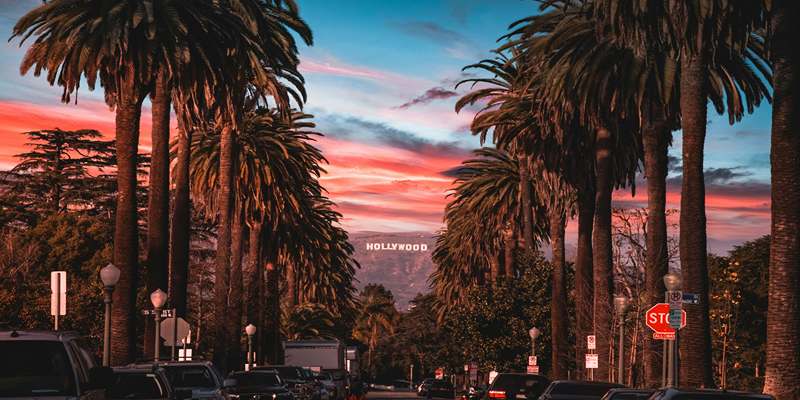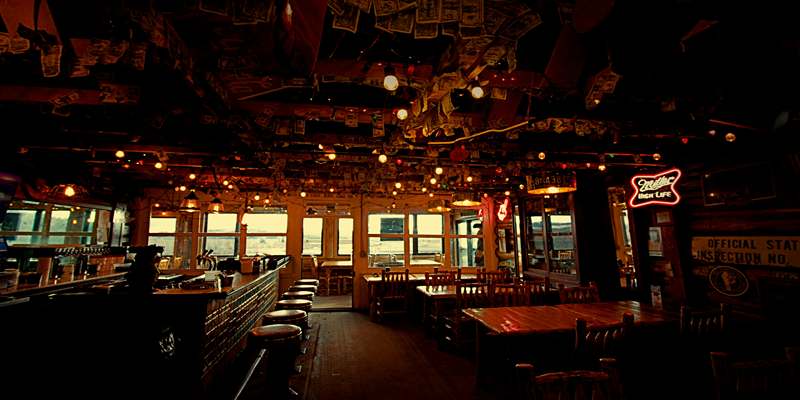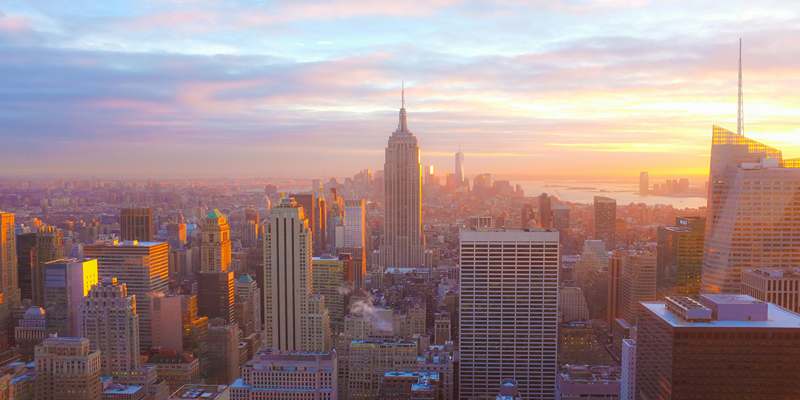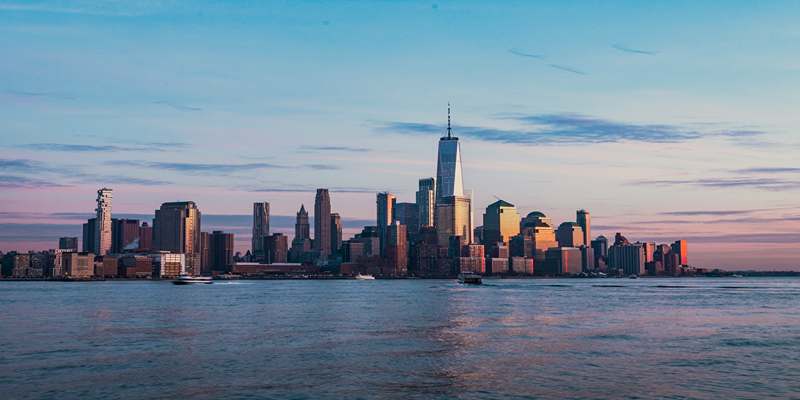New York City might initially appear as an incomprehensibly maze-like monster. The high-rise buildings, crowded streets, and hectic life leave many tourists confused about whether they should choose to explore the city in a better way. Fortunately, traveling around New York City gets less complicated with the simplest idea of operations of local transportation. Through the available network of subways, buses, ferries, and capable streets, traveling in NYC is very easy and inexpensive. The current guide will decompose all the choices of public transportation in NYC, including riding subway trains, MetroCards, and taking scenic trips across the city on ferries. For your first visit or taking a second trip, you will be traveling like a local hotshot.
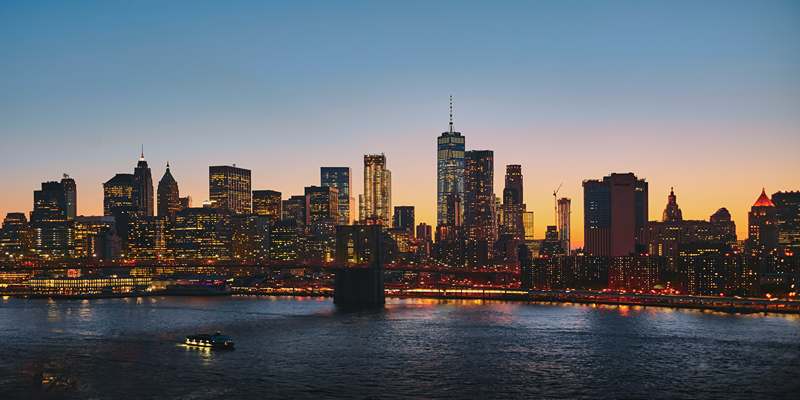
NYC Public Transport Basics
Overview of NYC Transit Options
New York City has the largest public transport system in the world. The Metropolitan Transportation Authority (MTA) is in control of the subway, and there are buses and commuter trains that serve the millions of people every day. Moreover, NYC provides ferries, bicycle rentals, and walkable communities in order to freely explore them. Subways are the best mode of transport to undertake rapid transit within the boroughs, and buses serve areas not serviced by trains. Ferries offer beautiful scenery, and they link up main waterfront destinations. This spectrum of choices presents new possibilities to travel to New York City almost 24/7, whether you are seeking a tour of Manhattan or have decided to enter into the outer boroughs.
Using the MTA and MetroCards
In order to gain entry to the NYC public transportation, the travelers are allowed to utilize a MetroCard or the OMNY system that is new. MetroCards are swipe-type cards that are marketed at vending machines in the subway. They are available either in pay-per-ride or unlimited formats, which are convenient both in case of short stays or longer stays. Most subway turnstiles and buses now accept OMNY, a contactless payment system that is either performed using bank cards or wallets. Transfers to subway lines and bus lines within the scope of two hours can easily be made by either of the two methods. Knowing how to buy and recharge your MetroCard or OMNY usage can ease and quicken your commuting around New York City, particularly when peak traveling hours approach or when you travel to different trips on a day.
Getting Around NYC by Subway
Understanding the Subway Map
The New York City subway has more than 470 stations and several colored lines. Although this appears to be a little confusing at a glance, a grid-like structure, as well as using numbered or lettered lines, makes it easier to navigate. Lines are indicated by a color and route designation sign, e.g., the red 1-2-3 or the blue A-C-E lines. Express trains do not cover all the stops to save time, but the local trains have to make stops at all the stations. Subway maps can be found in the stations, apps, and online, which enables you to get efficient routes.
Subway Travel Tips for Visitors
Riding in the subway is among the fastest means of transport in NYC.. Look at the MTA app or signs at the stations to know of service changes or deferrals. Wait at the yellow line and allow the passengers to get out of the train first. Keep your things to yourself and bear in mind still car manners. When going at late hours of the night, it is good to stand in the well-lit locations and also along the station booths. The habits do not only keep you safe but also help you to make your New York City travel more efficient.
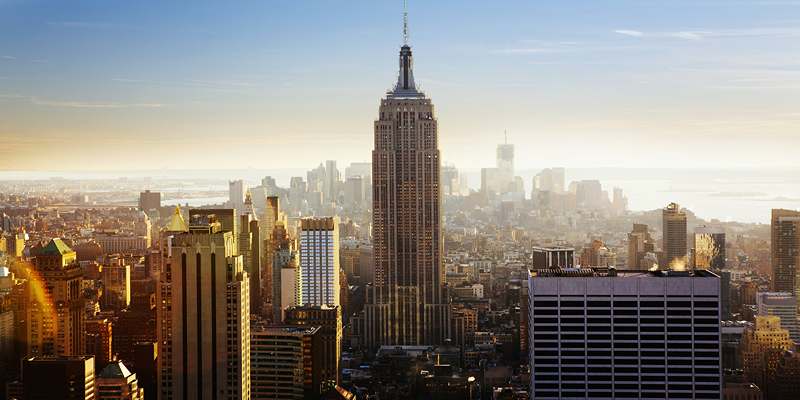
New York City Travel by Bus and Ferry
Using NYC Public Buses
Buses comprise a significant component of NYC transport according to the needs of the people, preferably on transportation to destinations that have not been served by the subway. They have numbered lines such as the M15 (Manhattan), B62 (Brooklyn), and the Q44 (Queens) so they are readily recognizable. The route maps and arrival information are at bus stops. Pay with the use of a MetroCard or OMNY, and enter via the front door. Buses travel slowly in comparison to the subway but have a perspective of the street and air conditioning. They are convenient where the distance is short or weather conditions do not allow walking.
Taking the NYC Ferry
The service of the NYC Ferry ships connects such boroughs as Manhattan, Brooklyn, Queens, and the Bronx through scenic waterways. Lines like the East River and South Brooklyn provide beautiful skyline views, particularly at sunrise or at sunset. It is a nice way of avoiding the straining train, and the ferries offer comfortable seats and outdoor decks. The price of tickets is equal to one trip by subway, and they should be sold with the help of the NYC Ferry application or using the terminals.
Other Ways of Getting Around NYC
Taxis, Rideshares, and Bike Rentals
Although public transport in NYC supports a wide range of requirements, taxis and ride-shares are convenient. There are many yellow cabs in Manhattan that run on a meter. Uber and Lyft have flat rates and are available in big areas, but they are slow under traffic. Alternatively, Citi Bike is an option so you can rent a bike all over the city. It is possible to open bikes with the help of the Citi Bike app and deliver them at any docking station.
Walking and Pedestrian Navigation
Walking is one of the best ways to explore New York City. The city’s layout, particularly Manhattan’s grid system, makes navigation straightforward. Pedestrian-friendly infrastructure, including wide sidewalks and traffic signals, encourages exploration on foot. Use map apps or offline maps to find the quickest paths. Walking also offers a close-up view of neighborhoods, street art, local shops, and food carts—perfect for spontaneous urban discoveries.
Conclusion
Getting around NYC is simpler than it seems once you understand the basics. With an efficient public transport network and helpful digital tools, you can explore the city quickly and affordably. From mastering the subway system to enjoying ferry rides and scenic walks, each mode offers a unique perspective of New York. By using MetroCards or OMNY, avoiding common pitfalls, and planning your routes, your experience becomes smooth and enjoyable. Whether you're staying a few days or several weeks, navigating New York City travel like a local is absolutely within your reach.


